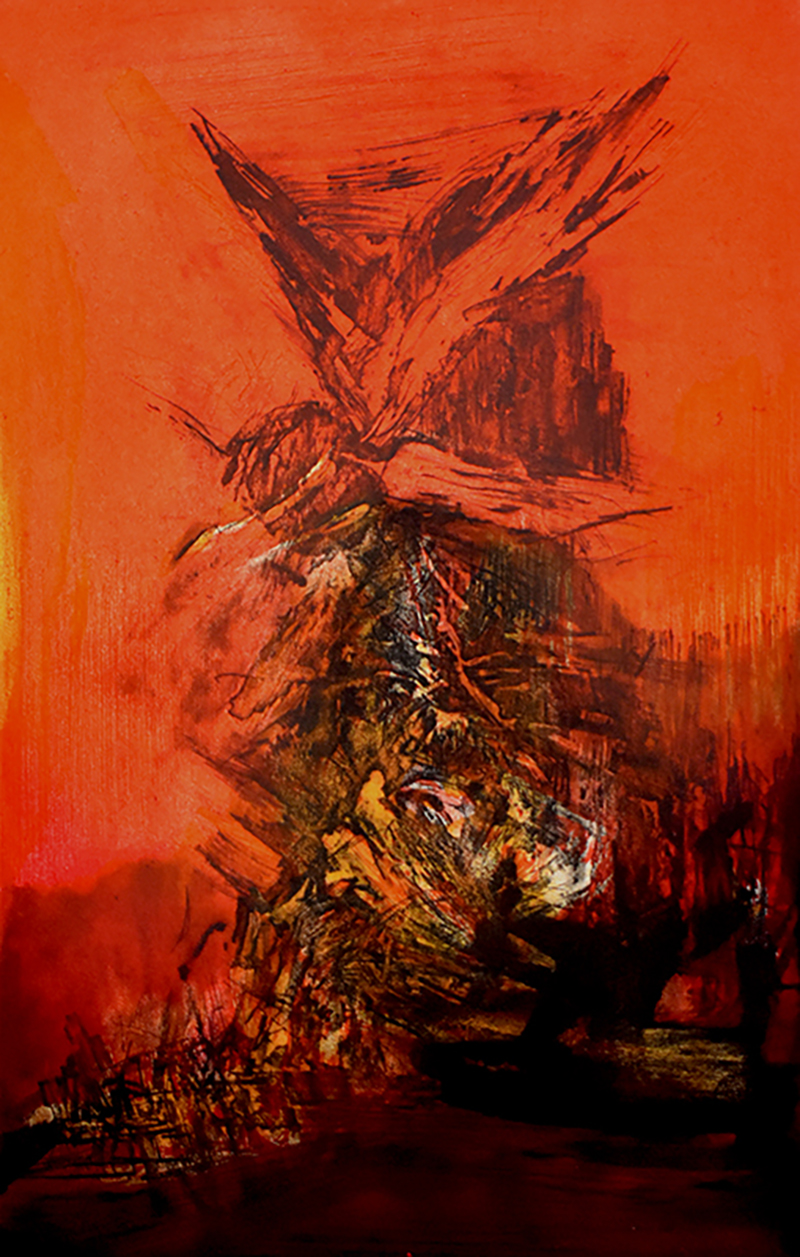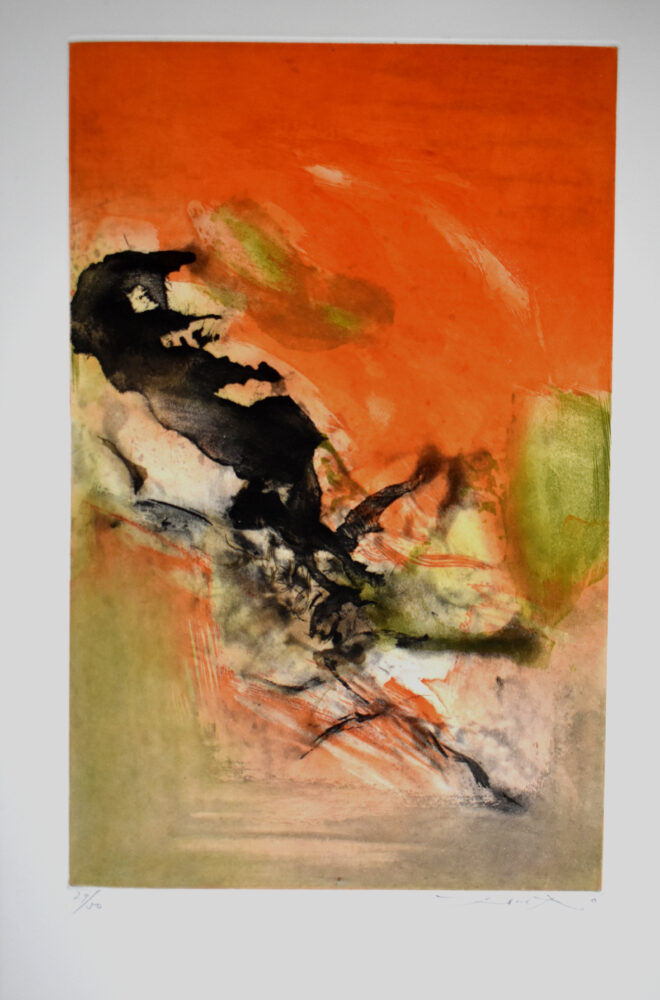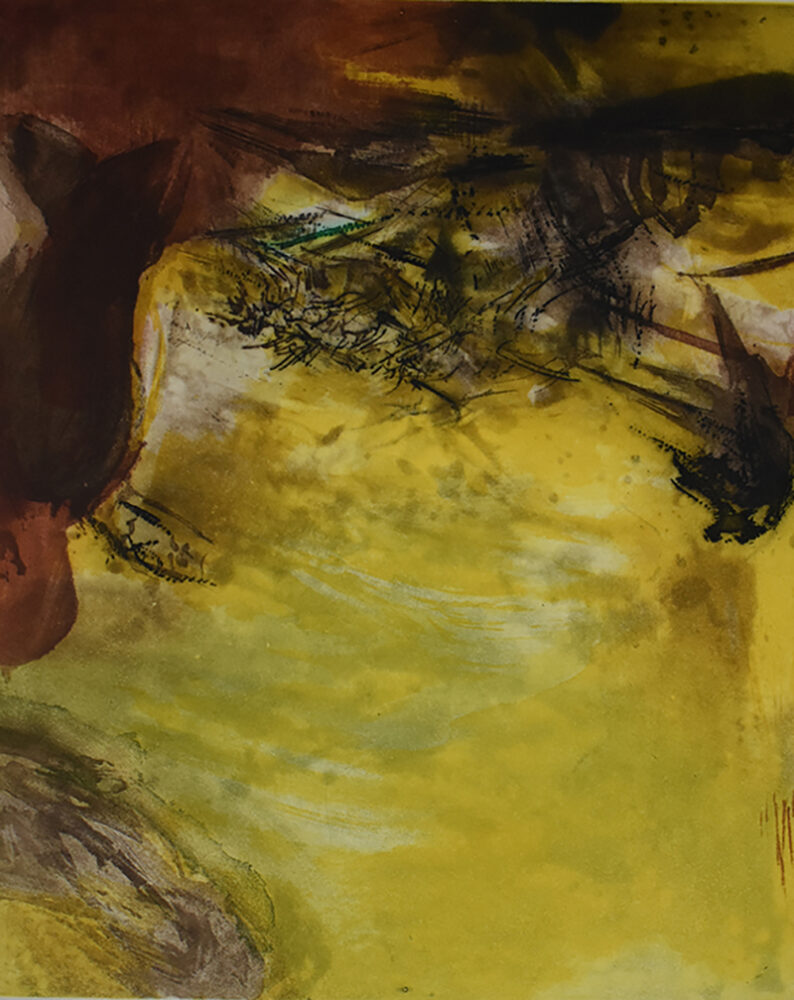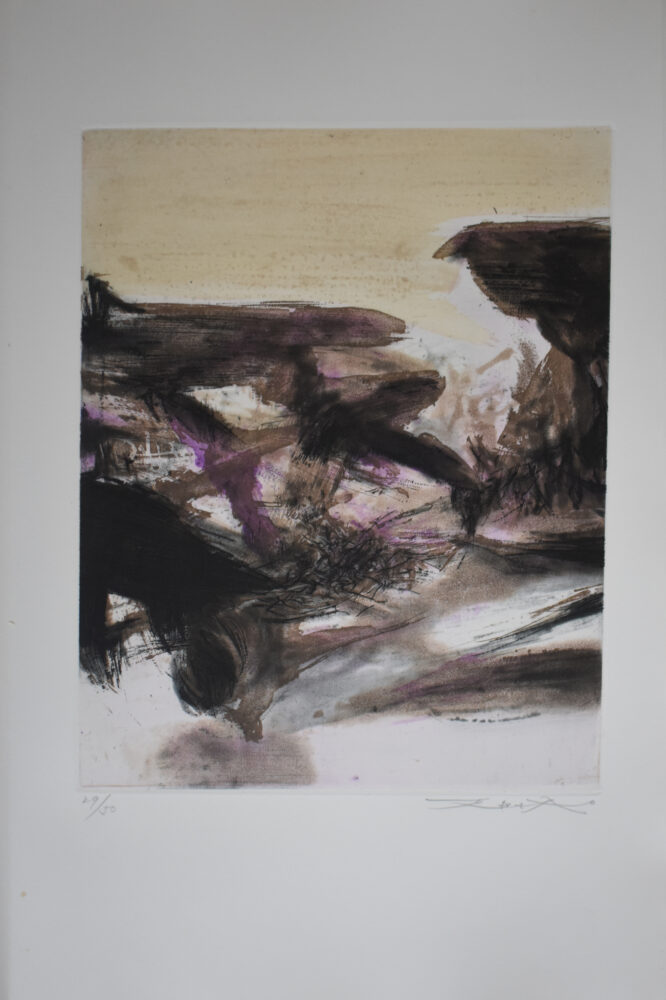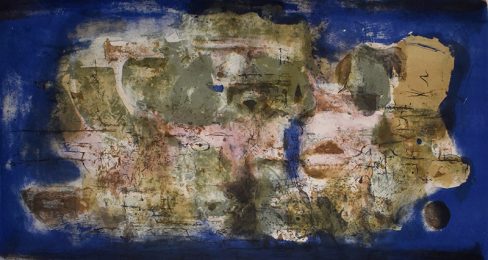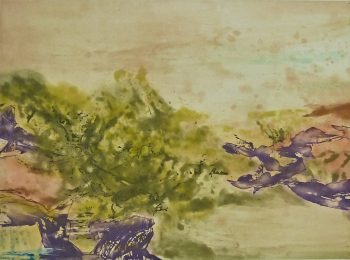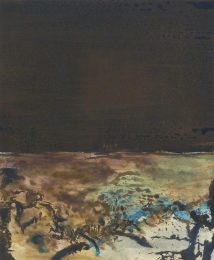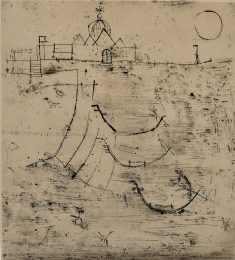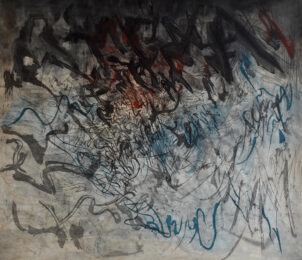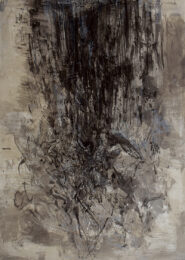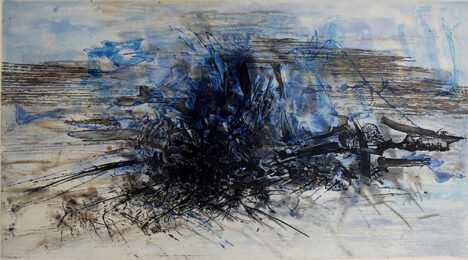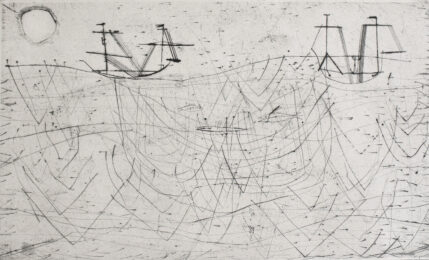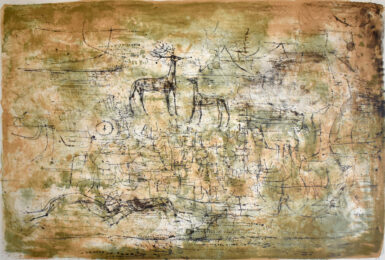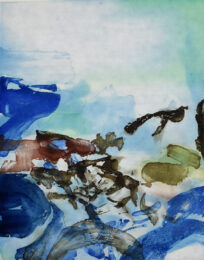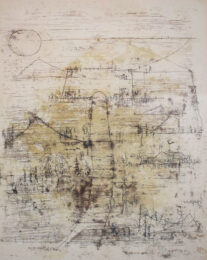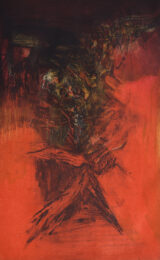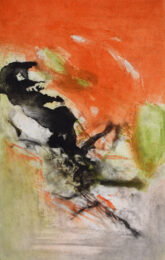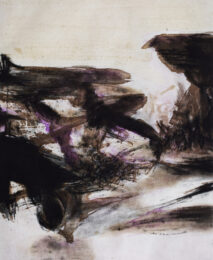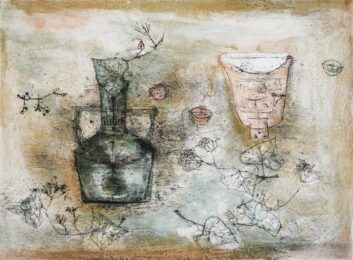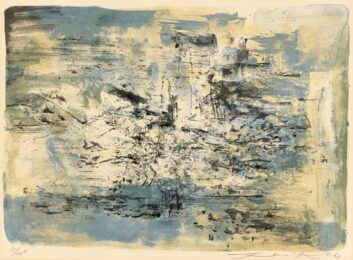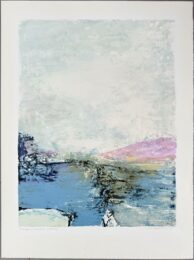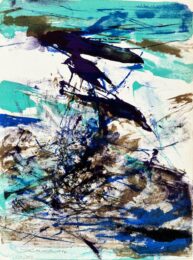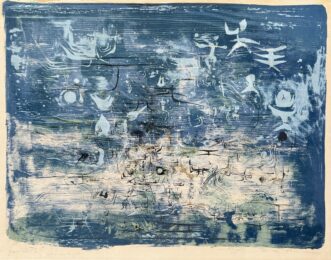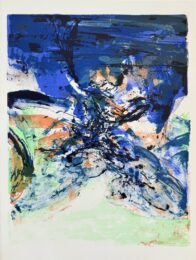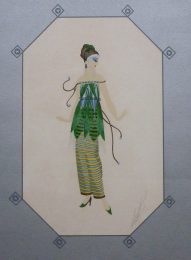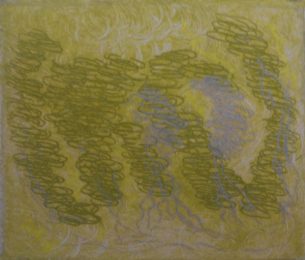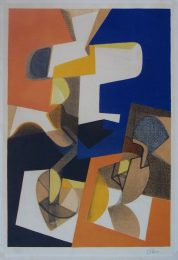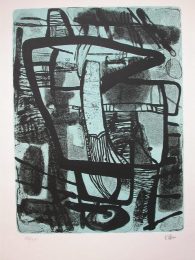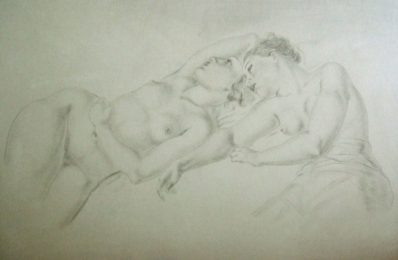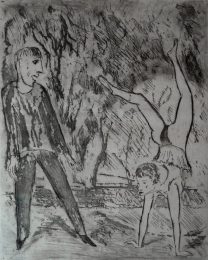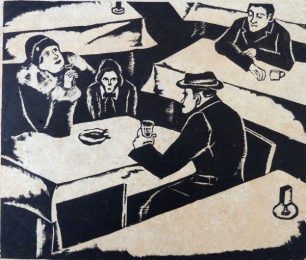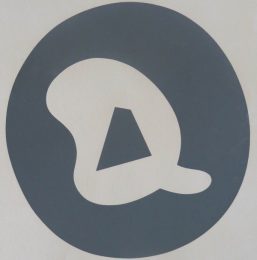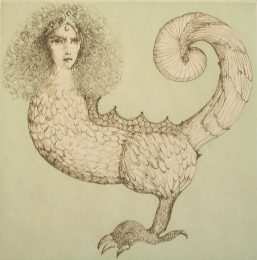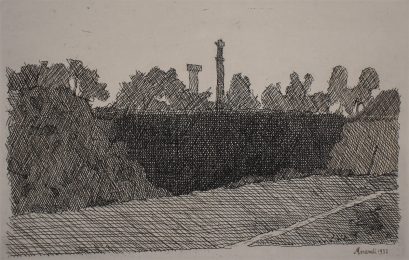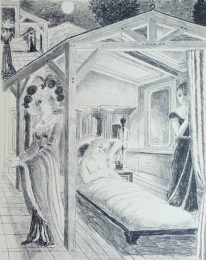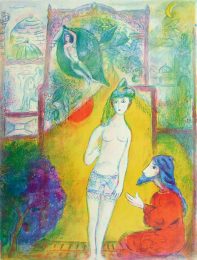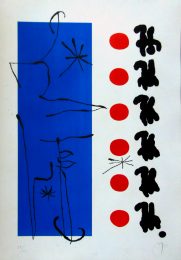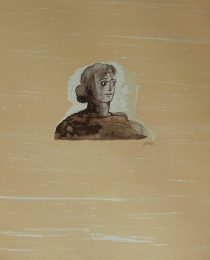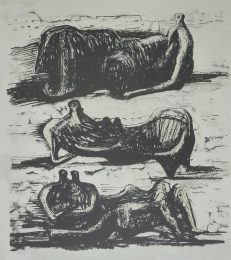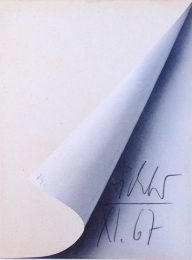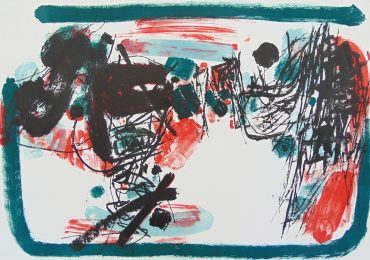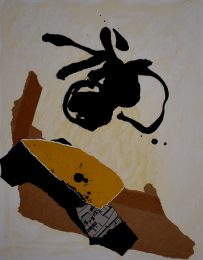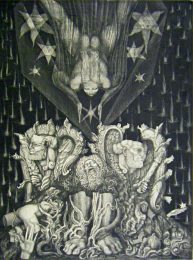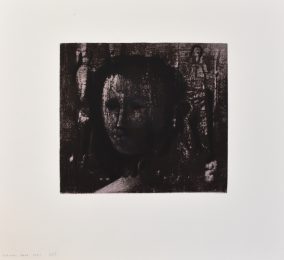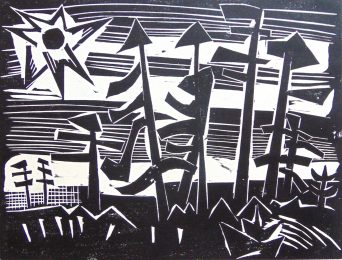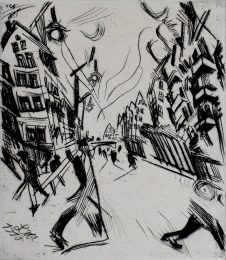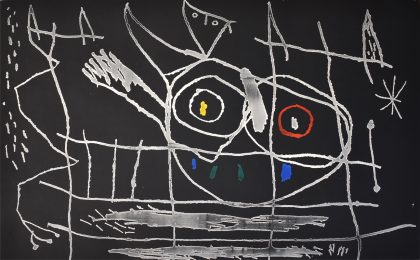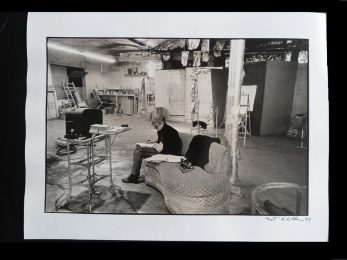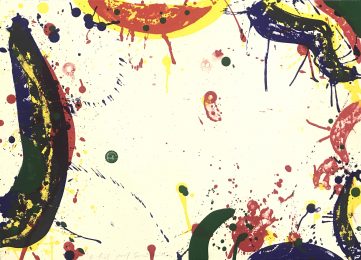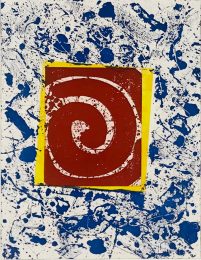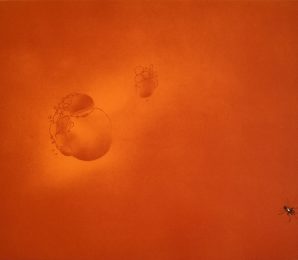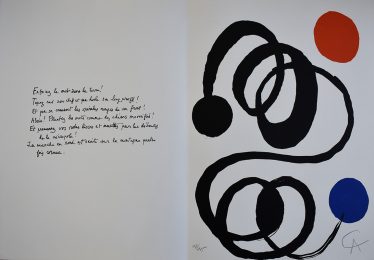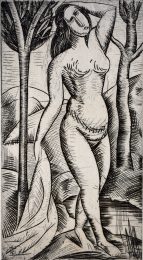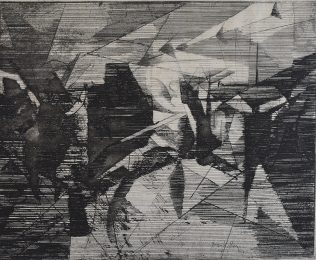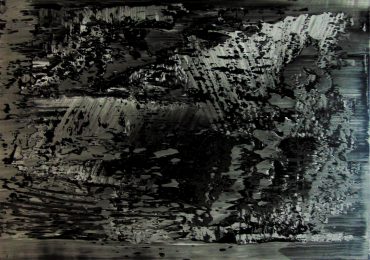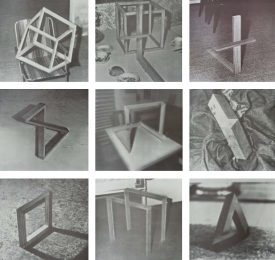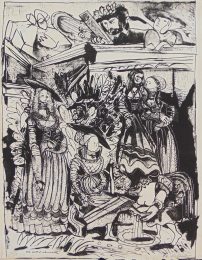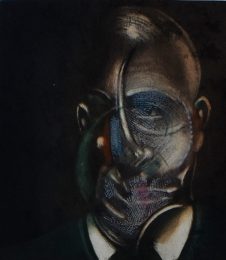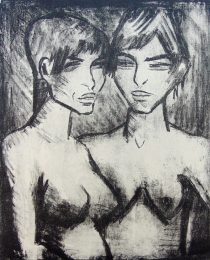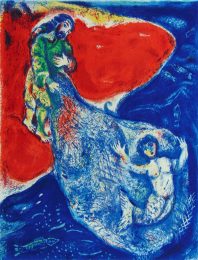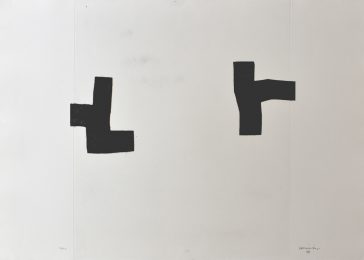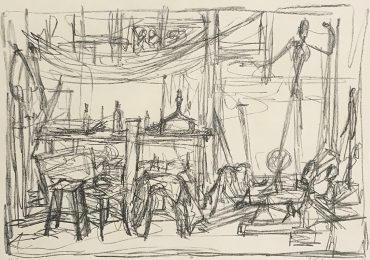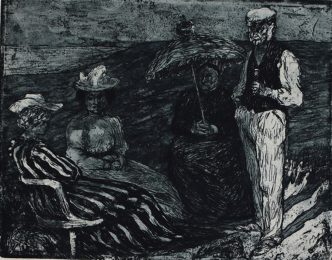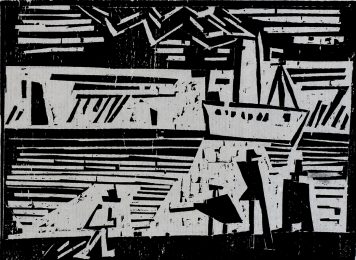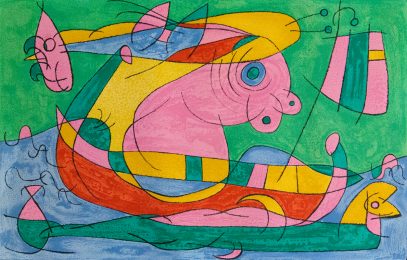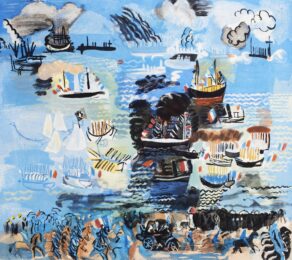Details — Click to read
ZAO WOU-KI 1921- 2013 Beijing 1921 -2013 Switzerland (Chinese)
Title: Canto Pisan, 1972
Technique: Complete Suite of Eight Original Hand Signed and Numbered Etchings and Aquatints in Colours on Arches Wove Paper
Paper size: 52 x 35 cm. / 20.5 x 13.8 in (each).
Image size: 40.7 x 25.6 cm. / 16 x 10 in (each).
Additional Information: These original etchings and aquatints in colours are hand signed in pencil by the artist “Zao Wou-Ki” in Chinese and Pinyin at the lower right margin. They are each hand numbered in pencil from the edition of 50, at the lower left margin. They were printed by Atelier Bellini, Paris, and published by Pierre Belfond, Paris in 1972 in a total limited edition of 260 signed and numbered impressions. There were also 30 in Roman numerals on Japan nacre and an edition of 180 on Arches wove paper. The eight etchings and aquatints are accompanied by the text and folio case.
Note: The Cantos are a collection of epic poems spanning 40 years of writing by one of America’s most controversial poets, Ezra Pound. The most studied and well-known section is the Pisan Cantos, which were written by the poet during his wartime incarceration following the American liberation of Italy. The Pisan Cantos are also significant for their inclusion of Chinese characters and other non-English languages in the core of the texts. Forcing the reader to address the ideas of expression and cultural understanding. With only three books permitted during his detention Pound selected a text by Confucius in the original language, a translation to English of the same text, and a Chinese dictionary. The Pisan Cantos are notable for their reliance on memory, particularly the literary and artistic circles once enjoyed by the poet in the early twentieth century. Zao Wou-Ki masterfully blended traditional Chinese expressionism with Western European abstraction to produce his important ‘Canto Pisan’. Eight magnificent etchings and aquatints with expressive and tonal colouring. With this series Wou-Ki continued his ongoing union of eastern and western ideas, finding a common visual language.
Literature: Ågerup, J. (1994). Zao Wou-Ki – The Graphic Work – A Catalogue Raisonné 1937-1995. Copenhagen: Heede & Moestrup.
Condition: Excellent condition.

